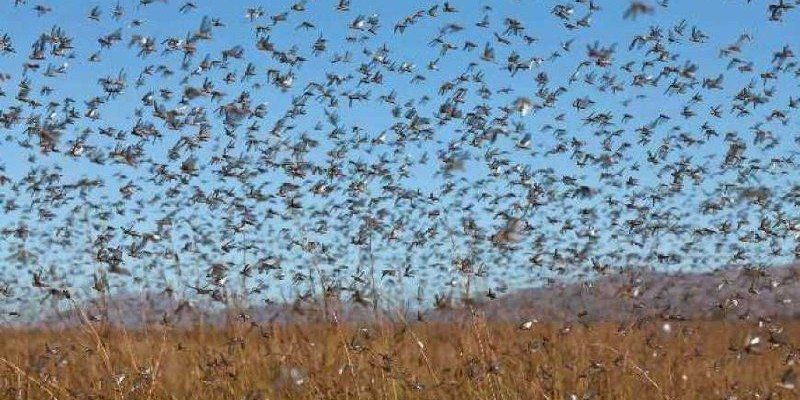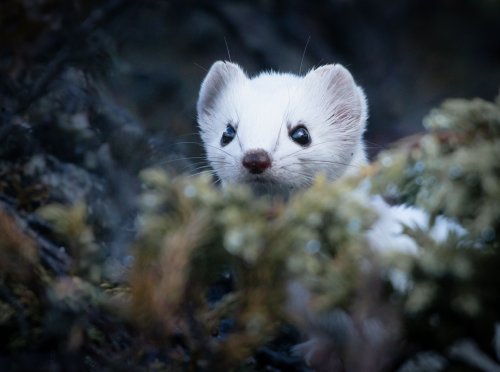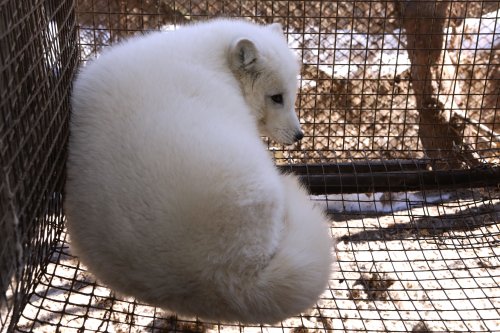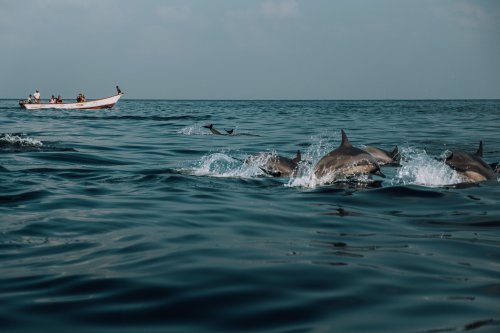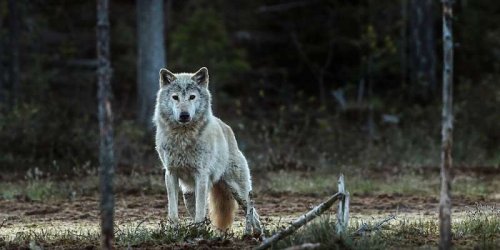This summer, videos of locusts swarming have been spreading like wildfire on Ukrainian social media. They fly in swarms and look like a big black cloud moving fast. Locusts have spread like crazy near bodies of water where lots of people go to chill. And these aren't just one-off cases.
Just remember the massive locust swarms in Shatsk, Volyn. Thousands of people go there every year to relax on the lakes. But this season, an unpleasant surprise in the form of locusts awaited them. Insects covered entire streets, beaches, and private areas. People often panic when they see such a large number of insects. Is it worth sounding the alarm? And what threat do locusts pose? Read on.
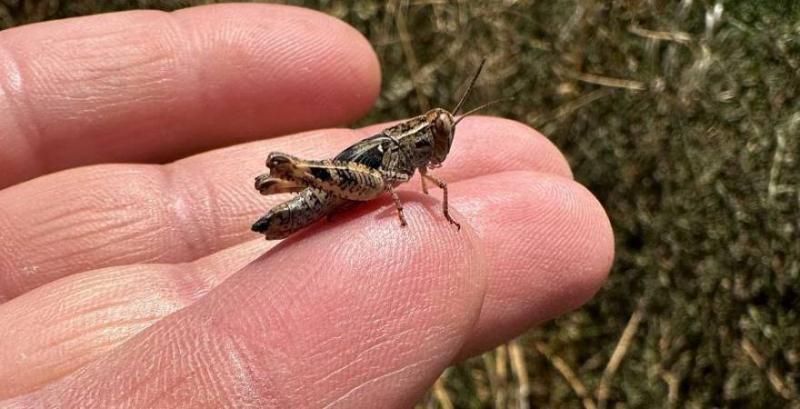
Photo: kurkul.com
Locusts are insect pests. They are capable of destroying crops in fields during seasonal migrations. Thus, they can devastate farmers' harvests in a short period of time. According to statistics, crop losses can range from 25 to 100%. In Ukraine, the most dangerous locust is the migratory locust, which can reach sizes from 2 to 10 cm. It breeds in the floodplains of the largest Ukrainian rivers: the Danube, Dniester, and Dnipro. In total, there are about 20 species of locusts in Ukraine.
Why do they reproduce?
According to the press service of the Tuzlivski Limany National Park, the increase in the number of locusts is seasonal and occurs almost every year. However, there are factors that affect their population. Locust outbreaks occur during changes in weather conditions. These insects love warmth, so their population increases during warm winters, wet springs, and hot, dry summers. Under such conditions, their numbers can increase hundreds of times.
How to protect the harvest?
A number of measures should be taken to prevent the insects from taking crops by surprise. When locusts are still in the reproduction stage, in the form of larvae, and cannot fly, and have not reached large numbers, it is worth monitoring their numbers in order to combat them effectively. Various preparations can be used to combat them, the most effective of which are based on entomopathogenic fungi. This will protect your harvest.
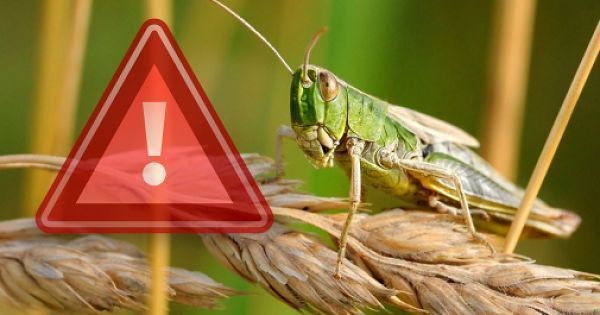
Photo: gormr.gov.ua.
It is not recommended to use toxic chemicals because they destroy not only locusts but also other insects and birds. Why is this bad? Because there are birds that feed on locusts. They are part of their food chain. Birds help to naturally reduce the number of locusts, and we should not destroy this natural mechanism.
Can locusts be useful?
Even the much-hated locust has its function. There are a large number of specialized farms that specifically breed locusts in large quantities. But why? Let's figure it out!
Locusts are part of the diet of people in many Eastern countries, as are other insects. Locusts are used in the manufacture of protein powders and food supplements for athletes. They are also used to make feed for insectivorous animals, aquarium fish, and birds.
In Ukraine, ducks are the largest consumers of locusts, effectively fighting the insects in a natural way.
What to do if you see a swarm of locusts?
There is no direct threat to humans. The insect is not poisonous and does not bite. However, it can cause allergic reactions through food if the pests settle on it. The greatest threat is to farmers, so the sequence of actions when the insect appears should be as follows:
- Determine if it is definitely locusts.
- Notify the environmental inspection of your region about the problem.
- Do not panic.
Specialists will help protect the harvest and exterminate pests.
What can I do to protect my crops?
Plowing and cultivating the land helps destroy locust eggs. You can also try planting crops that are less attractive to locusts. For example, rapeseed. Sometimes this method helps to avoid locusts. Drones with special chemicals are used to treat large fields.
When will the locusts disappear?
It is impossible to say exactly when the locusts will disappear, but the following factors can influence the decline in their population: rainy weather, lack of food (legumes, grains, and vegetables), and prior treatment with pesticides.
As EcoPolitic reported earlier, over the past 20-30 years, the number of pollinating insects for wild violets has decreased, while the number of self-pollinations has increased.

